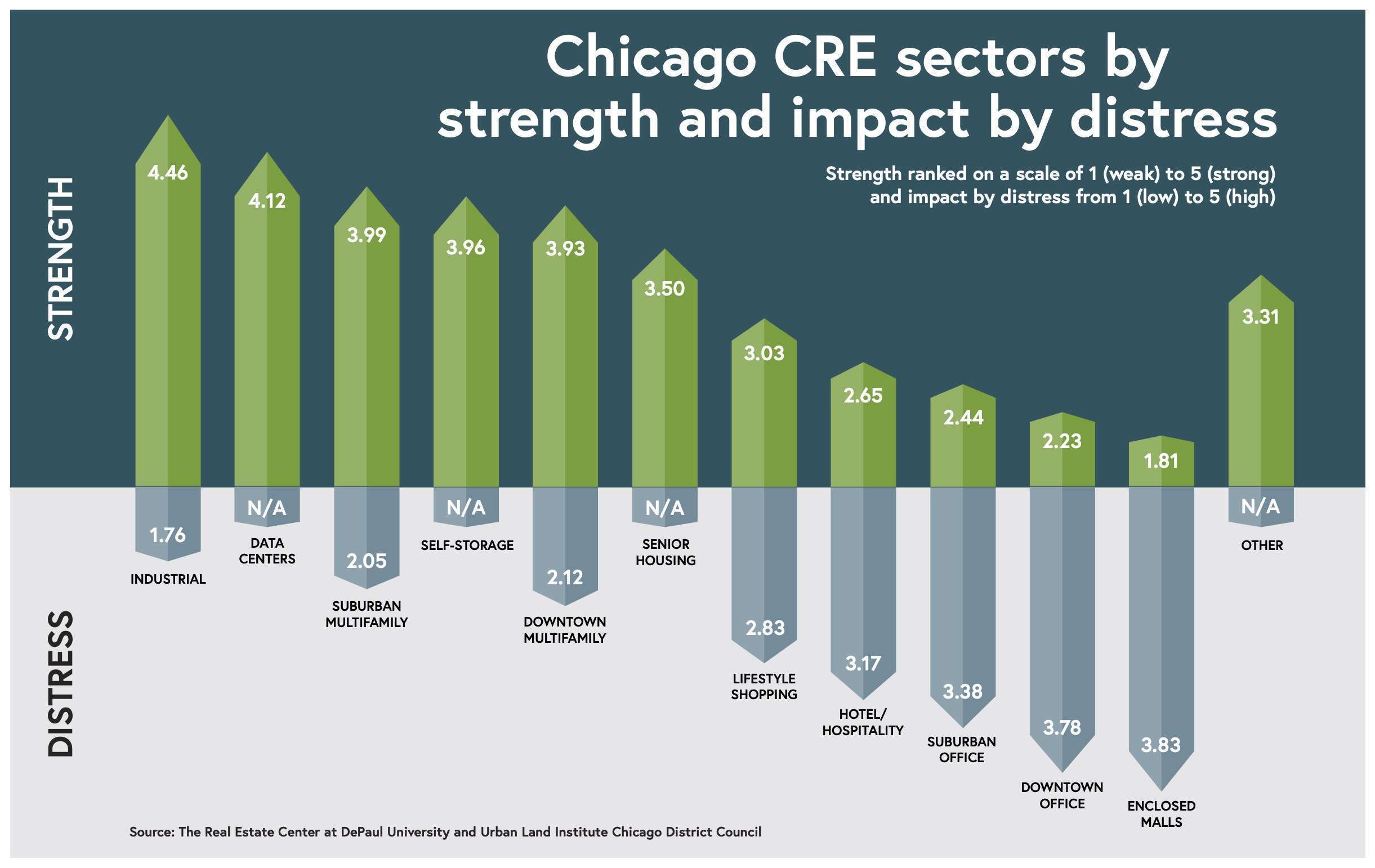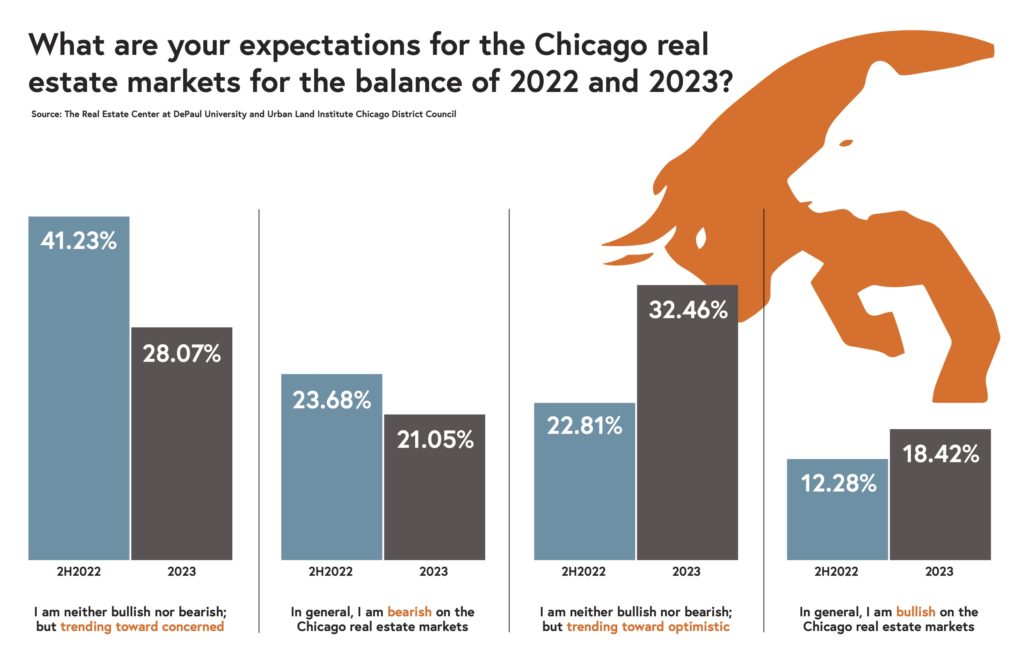
- Despite falling demand from homebuyers, experts have maintained that the US real estate market is healthy.
- But recent data on homebuilding highlights a dark storyline brewing.
- Builders are feeling the pain of tanking demand and are slowing down new construction, fueling a vicious cycle.
For months economists and housing experts have maintained that the US housing market is in relatively good standing despite a decline in affordability and buyer demand.
While it's not the foreclosure crisis of 2008, today's real estate market also has a dark side.
It all stems from the fact that fewer and fewer Americans can afford to buy the limited homes available, especially as interest rates rise. Homebuilders are feeling the pain of tanking demand and are slowing down housing construction — contributing to the housing crisis vicious cycle.
Peter Schiff, the chief economist at investment company Euro Pacific, told his more than 800,000 Twitter followers that soon "new home construction will almost completely shut down."
"That's because it will be too expensive to build new homes that most buyers can actually afford," he said in a tweet. "The housing market will consist almost exclusively of existing homes that will sell for less than the cost to replace them." Although dramatic, Schiff's pessimistic tweet may foreshadow what's to come in the real estate market.In July, residential housing construction plummeted 9.6% to an annualized rate of 1.4 million units, according to the Census Bureau. The decline marked the slowest rate of home construction since February 2021 and highlights how rising costs are leading to less affordable housing options for Americans.
"Affordability is the greatest challenge facing the housing market," Robert Dietz, the chief economist at the National Association of Homebuilders said in a housing report. "Significant segments of the home buying population are priced out of the market."
Indeed, higher housing costs have dampened affordability for many Americans. Data from the US Census Bureau shows that an increasing number of people are falling behind on their rents.
Americans have a volatile economy to blame for surging housing prices. Inflation and interest rate hikes have increased the costs of everything from construction to mortgage lending. It has made it harder for builders to construct more low-cost homes and as a result, buyers' ability to afford home purchases. This has led to increased rental demand and ultimately higher rents across the nation — it has also created a downturn in the US real estate market.
With fewer people competing for homes, the real estate market is losing steam. In July, nationwide new home sales fell to a six-year low, declining to just 511,000 units. During the month, existing home sales — a measure of sales volume and prices of existing housing inventory — declined for the sixth consecutive month, falling to a two-year low as only 4.81 million units were sold.
In August, Diane Yentel, the president and CEO of the National Low Income Housing Coalition, testified in front of the US Senate Banking committee that the nation's housing ecosystem has taken a turn for the worse.
"Pre-pandemic millions of extremely low-income households — disproportionately people of color — struggled to remain housed and more than half a million people experienced homelessness," she said. "Now as resources are depleted and protections expire, low-income renters are faced with rising inflation, skyrocketing rents, and eviction filing rates are reaching or surpassing pre-pandemic averages."
As emerging data points to a possibility of a housing recession, Yentel is not alone in her concerns — more economists are giving warnings.
"The whole housing sector is now in retreat," Ian Shepherdson, the chief economist at Pantheon Macro, "told Forbes, adding that housing construction will likely continue falling until early 2023 — and that could mean the US housing affordability crisis is just getting started.
Source: Housing Market Outlook: Builders Could Stop Construction Due to Expense Falling Demand




















